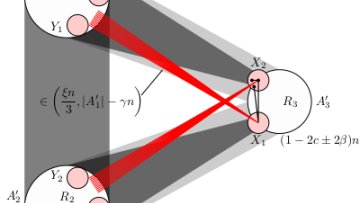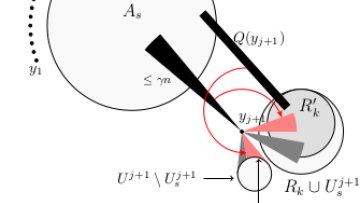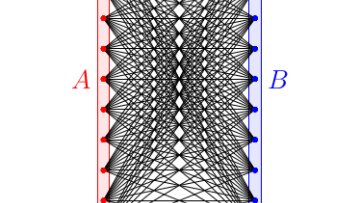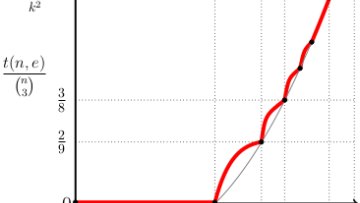Computation of optimal transport and related hedging problems via penalization and neural networks
Abstract
We present a widely applicable approach to solving (multi-marginal, martingale) optimal transport and related problems via neural networks. The core idea is to penalize the optimization problem in its dual formulation and reduce it to a finite dimensional one which corresponds to optimizing a neural network with smooth objective function. We present numerical examples from optimal transport, and bounds on the distribution of a sum of dependent random variables. As an application we focus on the problem of risk aggregation under model uncertainty. The talk is based on joint work with Stephan Eckstein and Mathias Pohl.





